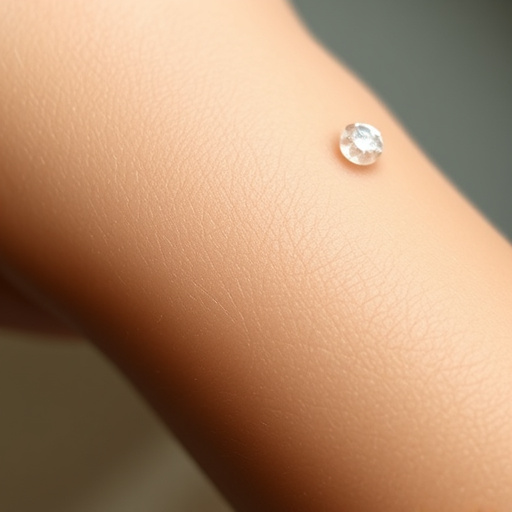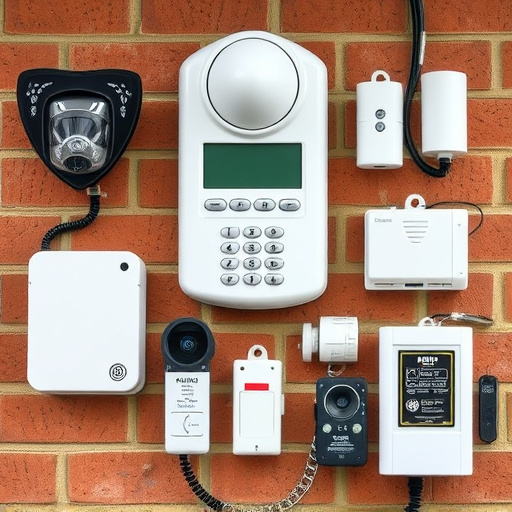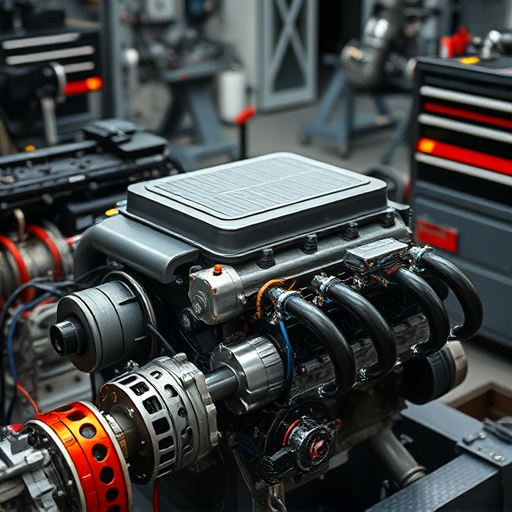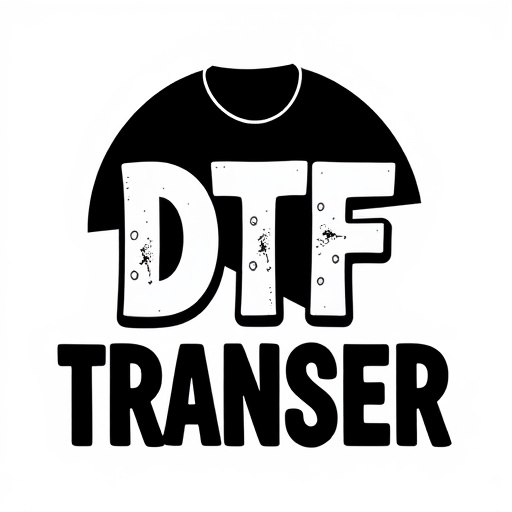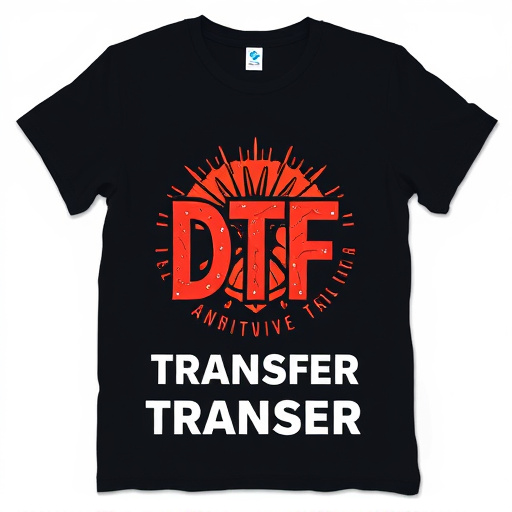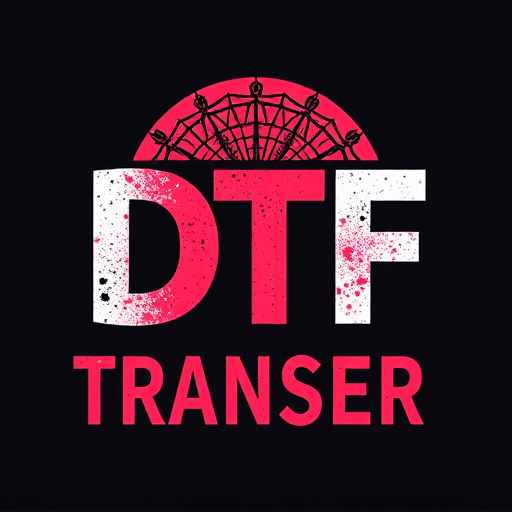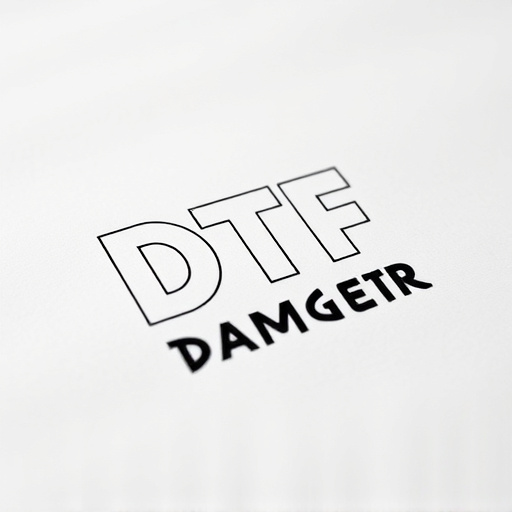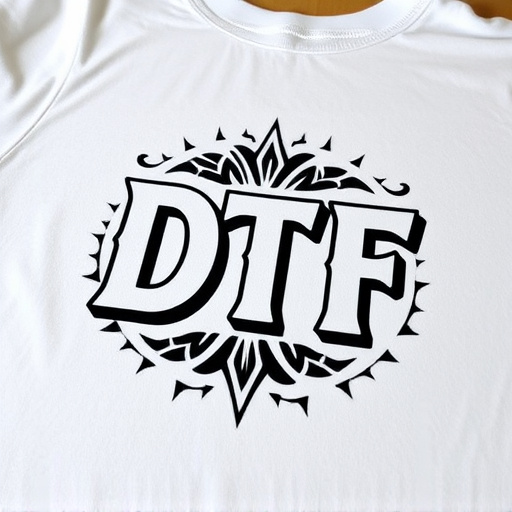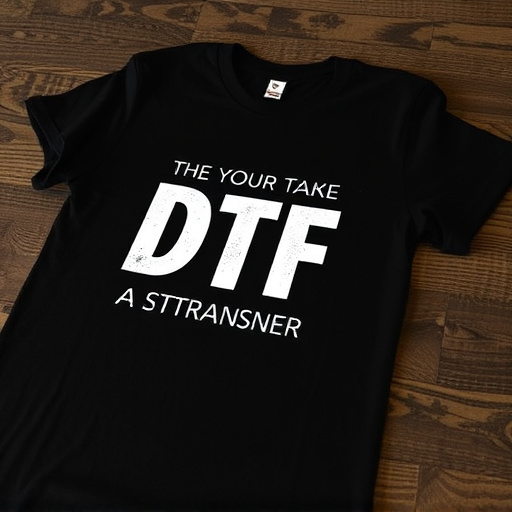DTF Prints and Heat Transfer Vinyl (HTV) are cutting-edge printing technologies transforming custom apparel and signage. DTF directly applies ink, offering unparalleled precision, vibrant colors, and durability for intricate designs on diverse surfaces. HTV, using heat and pressure, is cost-effective for transferring digital designs onto fabrics and plastics but may have compatibility issues. DTF excels in high-resolution results while HTV provides a smoother finish. For long-lasting applications like sports gear or outdoor signs, DTF is ideal. In contrast, HTV offers complexity in design with higher volume capabilities, making it profitable for larger operations. The choice depends on project requirements and intended use, with DTF suitable for full-color, intricate designs and HTV for simpler graphics on fabrics.
In the world of custom printing, Direct-to-Film (DTF) prints and heat transfer vinyl (HTV) transfers offer distinct approaches. This article delves into the intricate differences between these two methods, providing a comprehensive overview for enthusiasts and professionals alike. Understanding DTF Prints explores their unique advantages while examining the Heat Transfer Vinyl Process unveils its versatility. Key differences, quality assessments, cost analyses, and crucial factors guide your selection process, ensuring you choose the optimal method for your creative ventures.
- Understanding Direct-to-Film (DTF) Prints: A Comprehensive Overview
- The Heat Transfer Vinyl Process and Its Applications
- Key Differences Between DTF and Heat Transfer Vinyl Transfers
- Quality and Durability Comparison: DTF vs Heat Transfer Vinyl
- Cost Analysis: Exploring the Financial Implications of Each Method
- Choosing the Right Transfer Method: Factors to Consider for Your Project
Understanding Direct-to-Film (DTF) Prints: A Comprehensive Overview
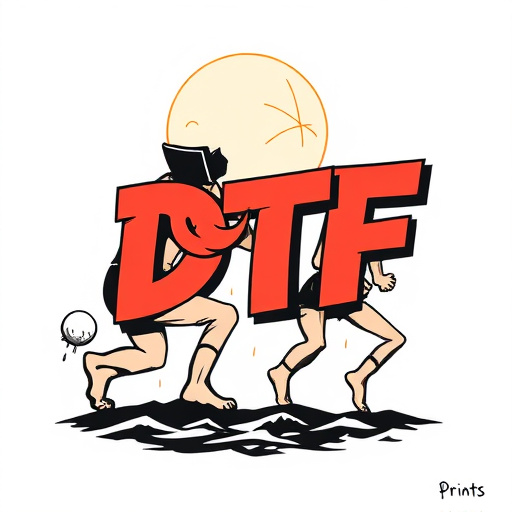
Direct-to-Film (DTF) prints represent a cutting-edge technology in the world of custom apparel and signage. This innovative method eliminates the need for traditional printing processes, such as screens or platens, by applying design elements directly onto various materials using specialized equipment. DTF Prints offer unparalleled precision and detail, making them ideal for creating high-quality, intricate designs on a range of surfaces, from fabrics to plastics and metals.
The process involves precisely placing ink onto the target material through a digital printing head, much like in typical inkjet printing. This direct approach ensures that every element of the design is rendered with exceptional accuracy, down to the finest lines and color nuances. DTF Prints are particularly prized for their ability to produce vibrant colors and smooth gradients, making them a preferred choice for both artistic applications and high-resolution branding.
The Heat Transfer Vinyl Process and Its Applications

The Heat Transfer Vinyl (HTV) process involves transferring design elements from a digital file to a vinyl sheet using heat and pressure. This technology has revolutionized various industries by offering a cost-effective way to create custom designs on a wide range of materials, including fabrics, metals, and plastics. The process starts with a digitally printed vinyl film that carries the desired image or text. Heat is then applied to fuse the vinyl onto the target surface, ensuring long-lasting durability and vibrant colors.
DTF Prints using HTV are versatile and widely applied in apparel, signage, and promotional items. In the apparel industry, it enables the production of custom t-shirts, hoodies, and accessories with intricate designs. Signage manufacturers utilize HTV to create eye-catching banners, posters, and even vehicle graphics. Additionally, businesses can personalize products like mugs, phone cases, and keychains, making it an all-encompassing solution for small-scale to large-volume custom printing projects.
Key Differences Between DTF and Heat Transfer Vinyl Transfers
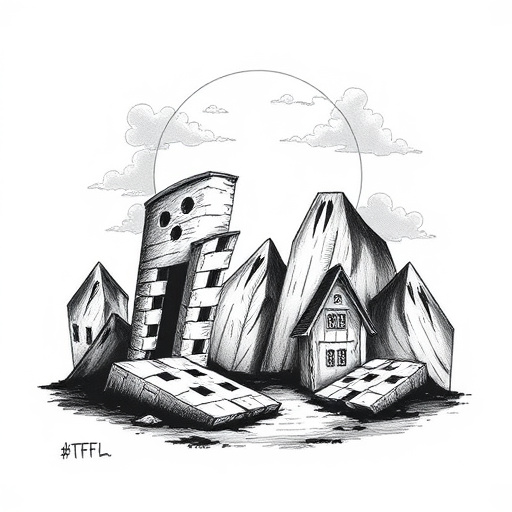
Direct-to-film (DTF) prints and heat transfer vinyl transfers are two distinct methods for applying graphics to various surfaces, each with unique characteristics. The primary difference lies in their application process and the materials involved. DTF printing involves directly printing onto the final substrate, such as fabric or plastic, using specialized inkjet printers. This method offers high-resolution results and is suitable for a wide range of materials, allowing for more flexibility in design and application.
In contrast, heat transfer vinyl (HTV) transfers utilize a intermediate layer—the vinyl sheet—which is first printed on and then heated to fuse it onto the desired surface. This process provides a different level of control during the printing stage as designers work on the vinyl, but it may have limitations in terms of substrate compatibility compared to DTF prints. Moreover, while HTV transfers are known for their durability and ability to create vibrant designs, DTF prints often offer a smoother finish directly on the final product.
Quality and Durability Comparison: DTF vs Heat Transfer Vinyl

Direct-to-film (DTF) prints and heat transfer vinyl are two popular methods for applying graphics to various surfaces, each with its own unique advantages and considerations regarding quality and durability. When comparing the two, DTF prints often stand out for their superior longevity. The direct application of ink onto the substrate creates a more robust bond, resulting in vibrant colors that remain crisp and intact even after extensive use or exposure to harsh conditions. This makes DTF prints ideal for items intended for prolonged wear, such as sports uniforms or outdoor signage.
In contrast, heat transfer vinyl offers a different approach where an image is first printed on a carrier sheet and then transferred onto the final material through heat and pressure. While this method can produce high-quality designs with excellent detail retention, it may not match DTF prints in terms of durability. The transfer process can sometimes result in a slightly thinner layer of ink on the substrate, making it more susceptible to fading or chipping over time, especially when applied to materials that are not optimized for heat transfers.
Cost Analysis: Exploring the Financial Implications of Each Method

Direct-to-film (DTF) prints and heat transfer vinyl are two distinct methods for creating custom apparel and merchandise, each with its financial considerations. When comparing cost analysis, DTF prints often present a more accessible entry point, especially for smaller businesses or individual entrepreneurs. This method eliminates the need for extensive setup costs associated with heat press machines and allows for quicker production turns, making it ideal for short-run or on-demand printing. The simplicity of DTF technology translates to potentially lower labor expenses, making it an attractive option for those looking to keep initial investments and operational costs down.
Conversely, heat transfer vinyl requires a more substantial upfront investment in equipment, including heat presses and cutting machines. However, this method offers long-term benefits with its ability to handle larger production runs efficiently. Heat transfer vinyl also allows for a wider range of design complexity and material compatibility, catering to diverse client needs. While the initial costs may be higher, businesses can benefit from reduced waste, longer-lasting prints, and the potential to take on more complex projects, ultimately impacting profitability over time.
Choosing the Right Transfer Method: Factors to Consider for Your Project

When deciding between direct-to-film (DTF) prints and heat transfer vinyl, several factors come into play. Consider your project’s specific needs – DTF prints offer vibrant colors and intricate detail, making them ideal for high-quality, full-color designs on various materials. Heat transfer vinyl, however, provides a cost-effective solution for simpler graphics and text, as it can be easily applied to fabrics without the need for specialized equipment.
The intended use of the final product is another crucial consideration. If you’re creating custom apparel or textiles, heat transfer vinyl might be the better choice due to its flexibility and ease of application. DTF prints, on the other hand, excel in situations demanding high-resolution images and intricate patterns on non-fabric surfaces like metal, plastic, or glass. Additionally, DTF prints typically offer a wider range of material compatibility.
